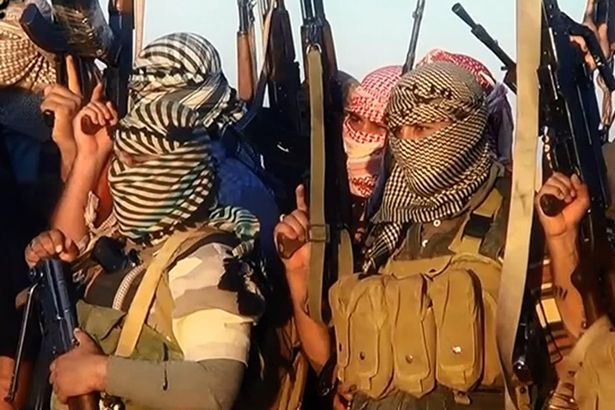An Explanation of the Iraqi Conflict and the Role of the Islamic State
 Violence is escalating in Iraq, and I don’t see an end in sight. The situation is unfolding fast, so I want to take a minute to explain the root of the current Iraq conflict and give you the most up-to-date facts on the situation as I received them from the House Armed Services Committee.
Violence is escalating in Iraq, and I don’t see an end in sight. The situation is unfolding fast, so I want to take a minute to explain the root of the current Iraq conflict and give you the most up-to-date facts on the situation as I received them from the House Armed Services Committee.
The Islamic State (IS), also known as ISIS and ISIL, currently controls the territory from Aleppo, Syria across northern Iraq, and includes territory as close as 20-30 miles outside Baghdad. The Sunni terrorist organization grew out of al-Qaeda in Iraq (AQI), and they share the same global jihadist ideology. Its leader, Abu Bakr al-Baghdadi, joined the Sunni terrorist organization in 2010 after he was released from U.S. custody in 2009. He leads a well-funded and fully-armed operation, collecting from donors in the region, ransoms, tribute from conquered territory, and profits from black market oil sales. The group’s weapons are mainly stolen from Assad’s military and the Iraqi Security Forces (ISF).
Last week, President Obama authorized U.S. air strikes to support ISF and the Kurdish Peshmerga in northern Iraq. We’ve also been providing assistance directly to the Peshmerga, Kurdish militia forces, in coordination with the Government of Iraq. In response, IS released a propaganda video Tuesday of American journalist and POW James Foley’s beheading. They threatened to also kill journalist Steven Joel Sotloff, whom IS kidnapped about a year ago, if the U.S. continues these air strikes. The Obama Administration has determined this video is authentic, and announced they had previously launched an unsuccessful mission to rescue Foley and other U.S. POWs in Syria.
It’s clear that IS is a dangerous and radical group, and that the unrest and violence in the region is far from over. I promise to continue to follow this situation and share periodic updates with you here.




Comments
Join the discussion on Facebook
Join the discussion on Facebook.